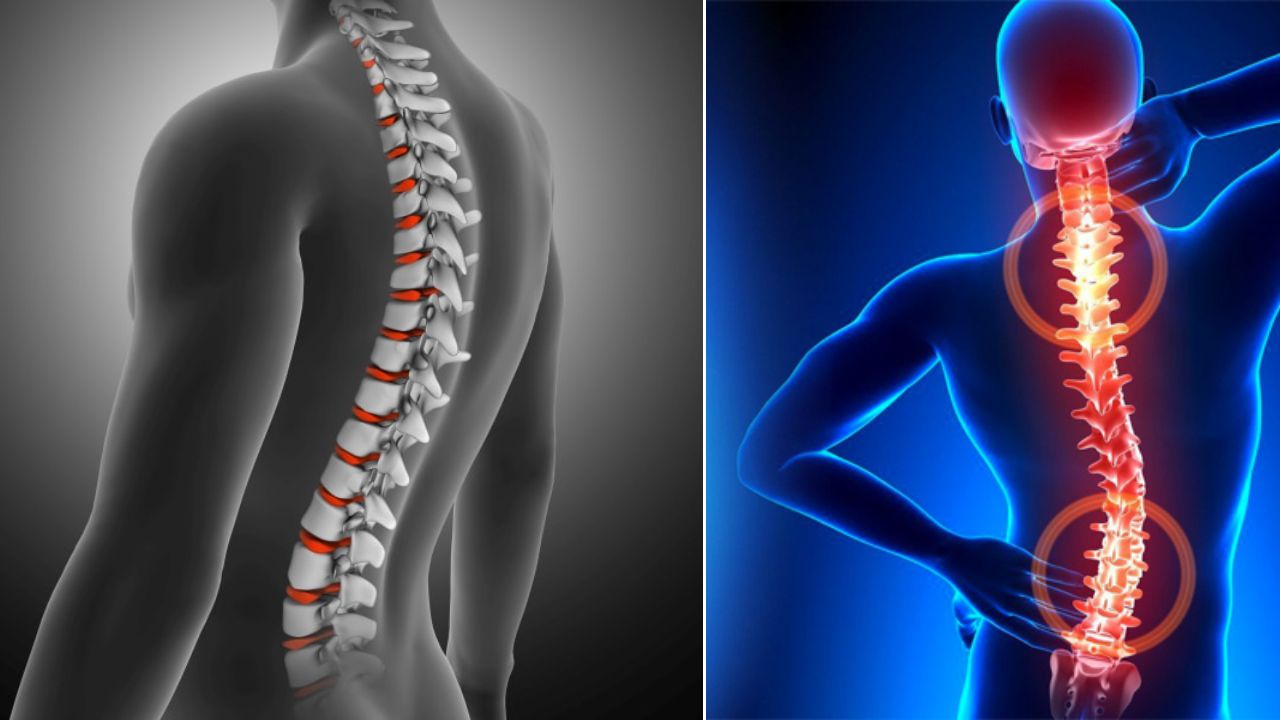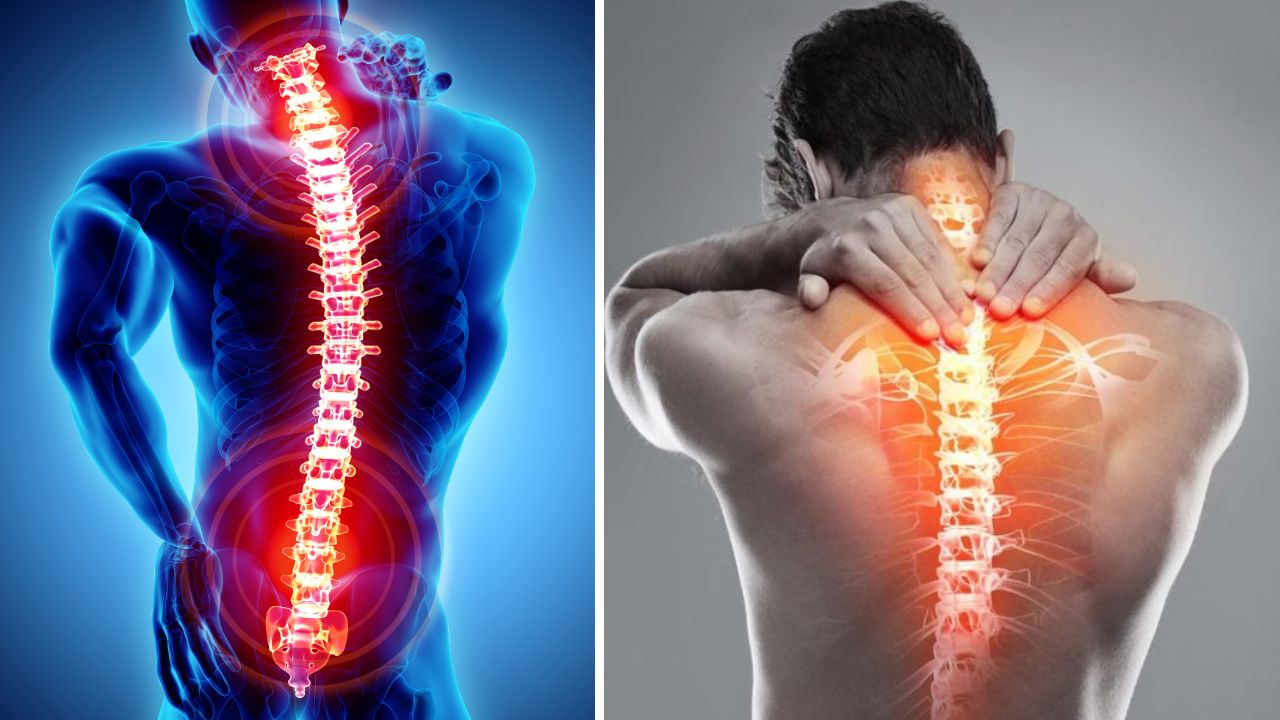How to Reduce Gaps in the Spine: An Ayurvedic Approach
As we age, various bodily issues arise, including gaps in the spine. This condition, scientifically known as spondylosis, can affect individuals of any age, though it typically worsens with advancing years. However, certain factors can also contribute to its occurrence in younger people. Many seek remedies, but a proper treatment doesn't always provide complete relief. Early recognition of symptoms can aid in preventing its progression. Let's explore how to mitigate this condition.
Symptoms of Spinal Gaps:
1. Persistent pain in the spine.
2. Pain when lifting heavy objects.
3. Back pain when bending.
4. Clicking sounds from the back when standing upright.
5. Difficulty in maintaining an upright posture.
6. Difficulty lying down straight.
Proper Treatment for Spinal Gaps:
The gradual wear and tear of spinal joints, termed spondylosis, can lead to decreased space between the joints. As individuals age, spinal discs deteriorate, exacerbating discomfort. While spondylosis is a common condition, it often progresses with age and is sometimes described as degenerative osteoarthritis of the spine.

Treating Spinal Gaps with Ayurvedic Remedies:
If you experience spinal gaps, you can explore Ayurvedic remedies alongside allopathic treatment. Ayurveda offers various medications that may effectively address this wear and tear. However, consulting a physician before using any Ayurvedic medication is crucial.
Specific Ayurvedic Remedies:
Triphala Guggulu
Lakshadi Guggulu
Mukta Shukti Bhasma
Always consult a doctor before taking any of these remedies, as they may have potential side effects. If you experience gas issues, taking an anti-gas tablet beforehand may be beneficial, as these can potentially help with calcium absorption. Drinking coconut water may also be helpful.
Precautions for Reducing or Preventing Spinal Gaps:
1. Regular exercise is vital in preventing this condition.
2. Use a cushion to support your back while driving for extended periods.
3. Individuals who spend long hours on computers should ensure the monitor is positioned upright.
4. Maintain a straight back posture against the backrest of a chair and stand at regular intervals.
5. Rise and sit using your legs.
6. Use pain relievers only as directed by your physician if pain intensifies.
7. Physiotherapy, including neck traction and exercises, may provide relief.
Disclaimer: The information provided above is based on publicly available data and social beliefs. subkuz.com does not endorse or guarantee its accuracy. Always consult a qualified expert before using any remedies.














